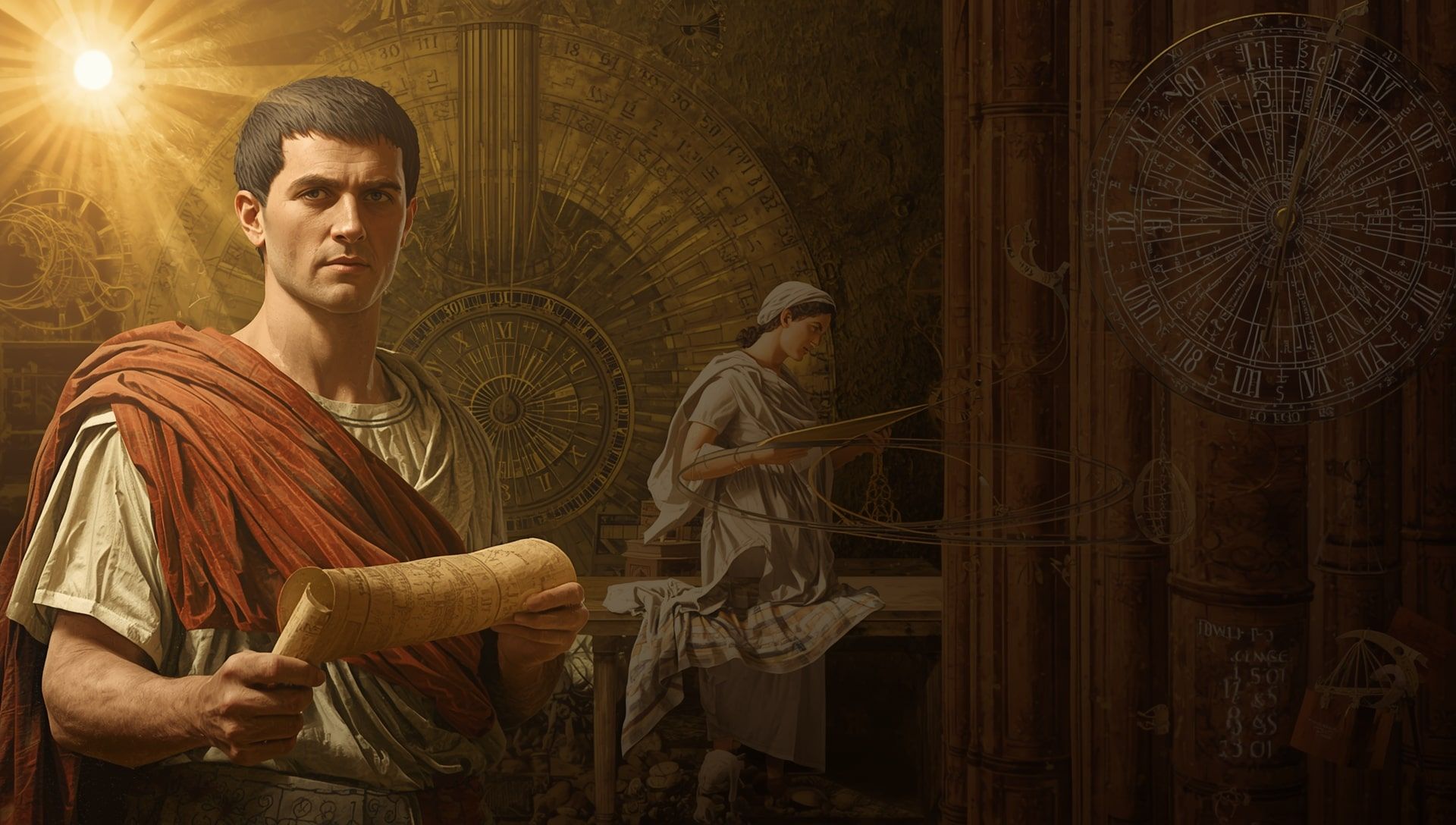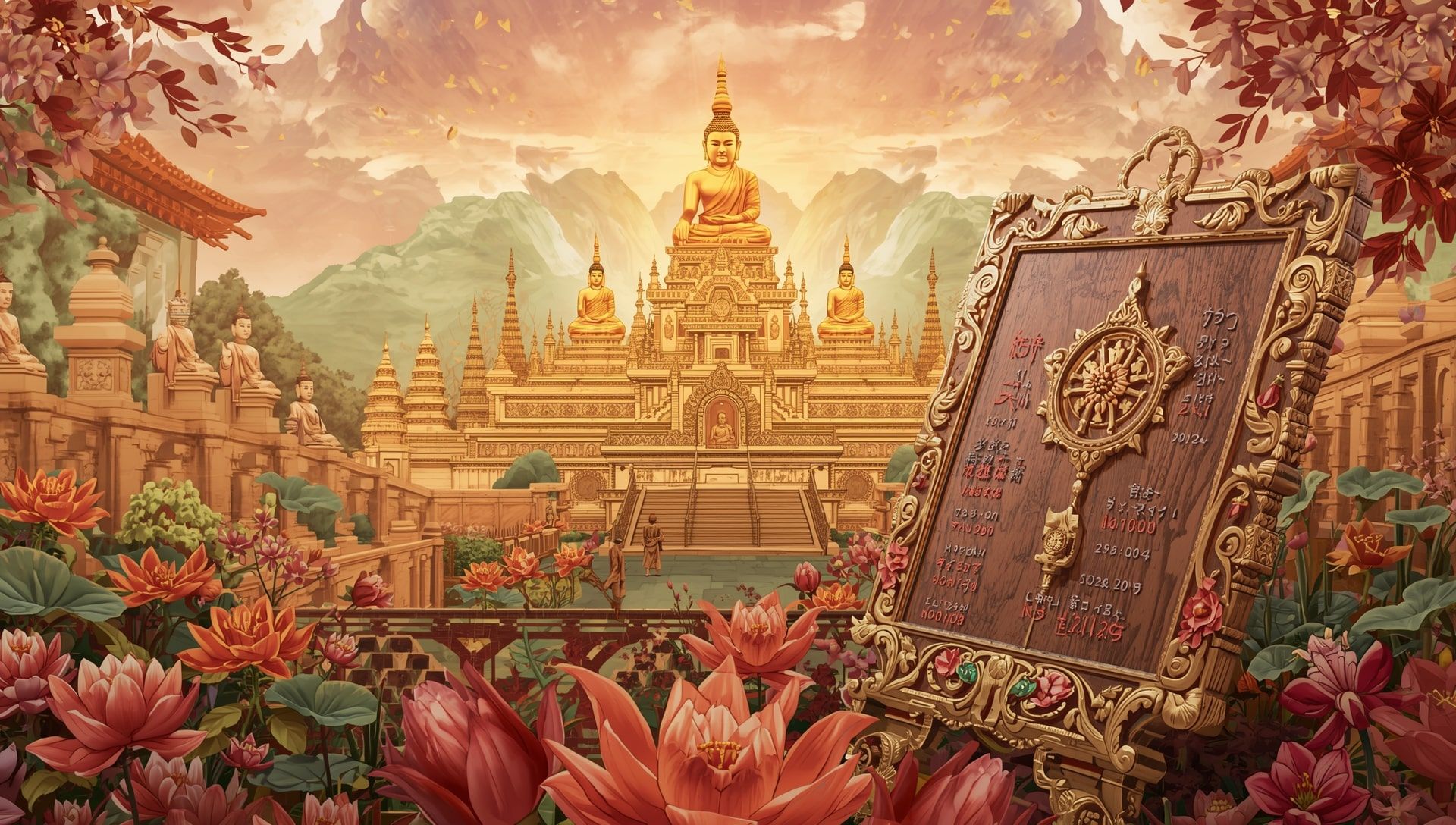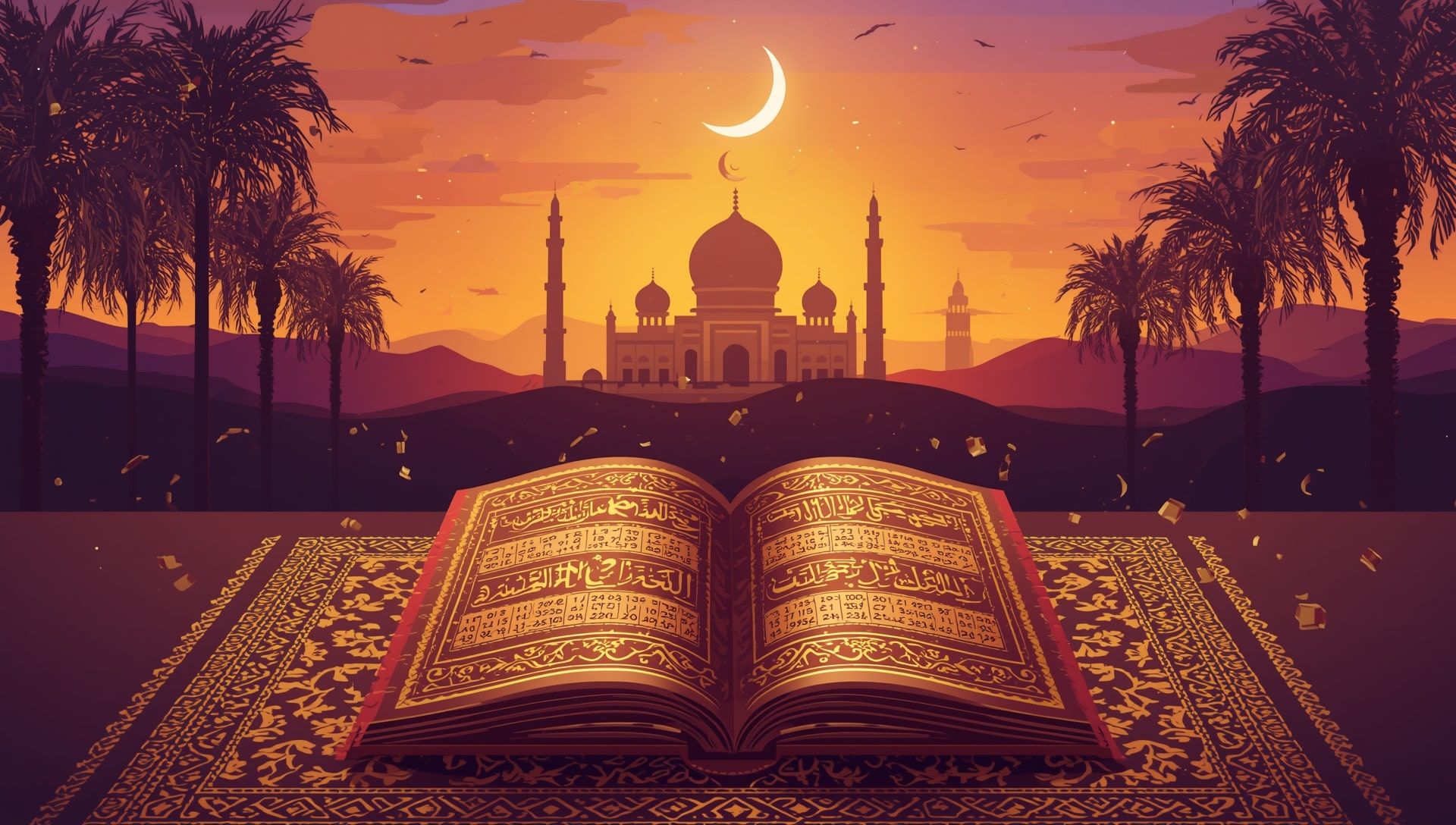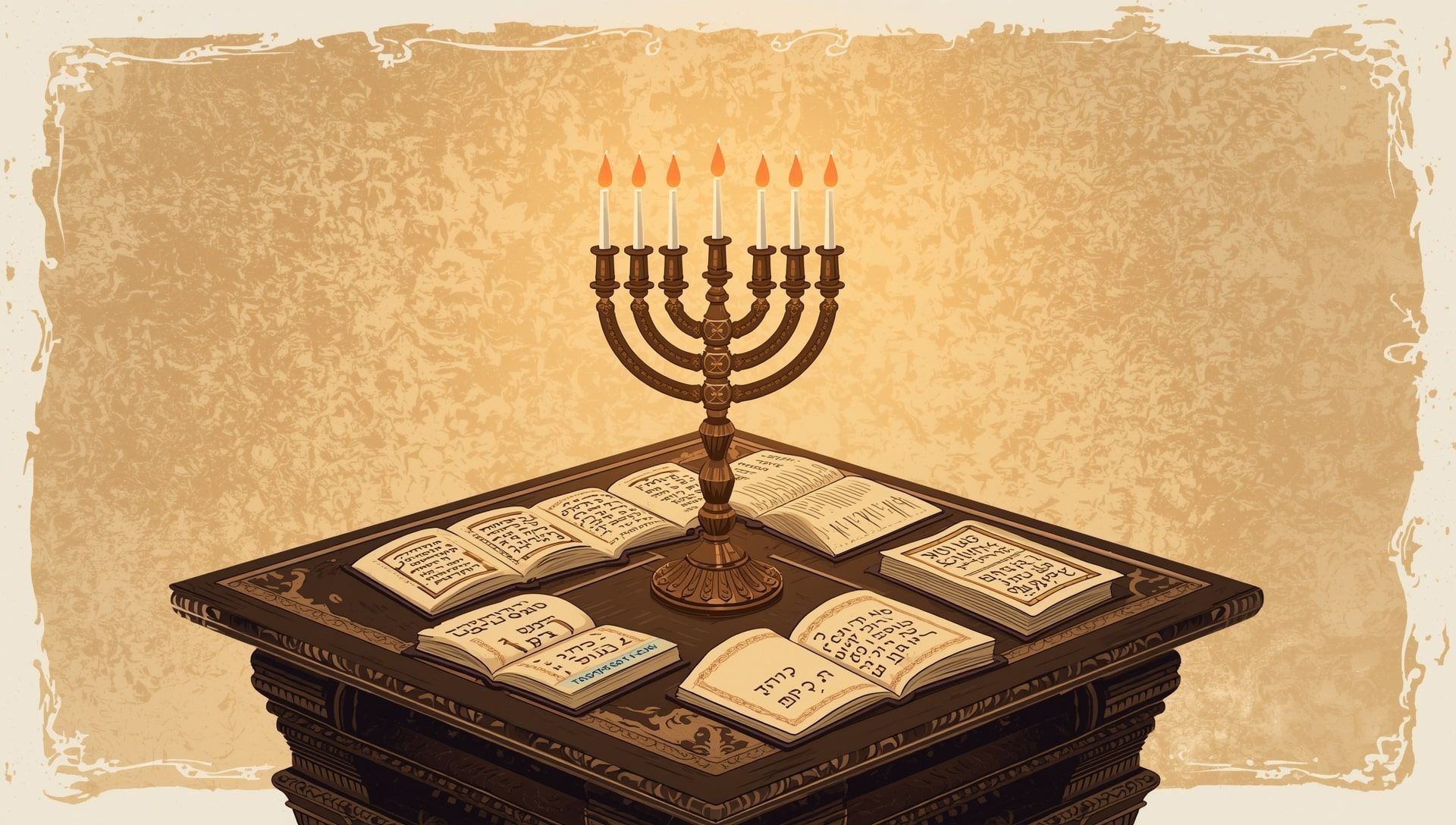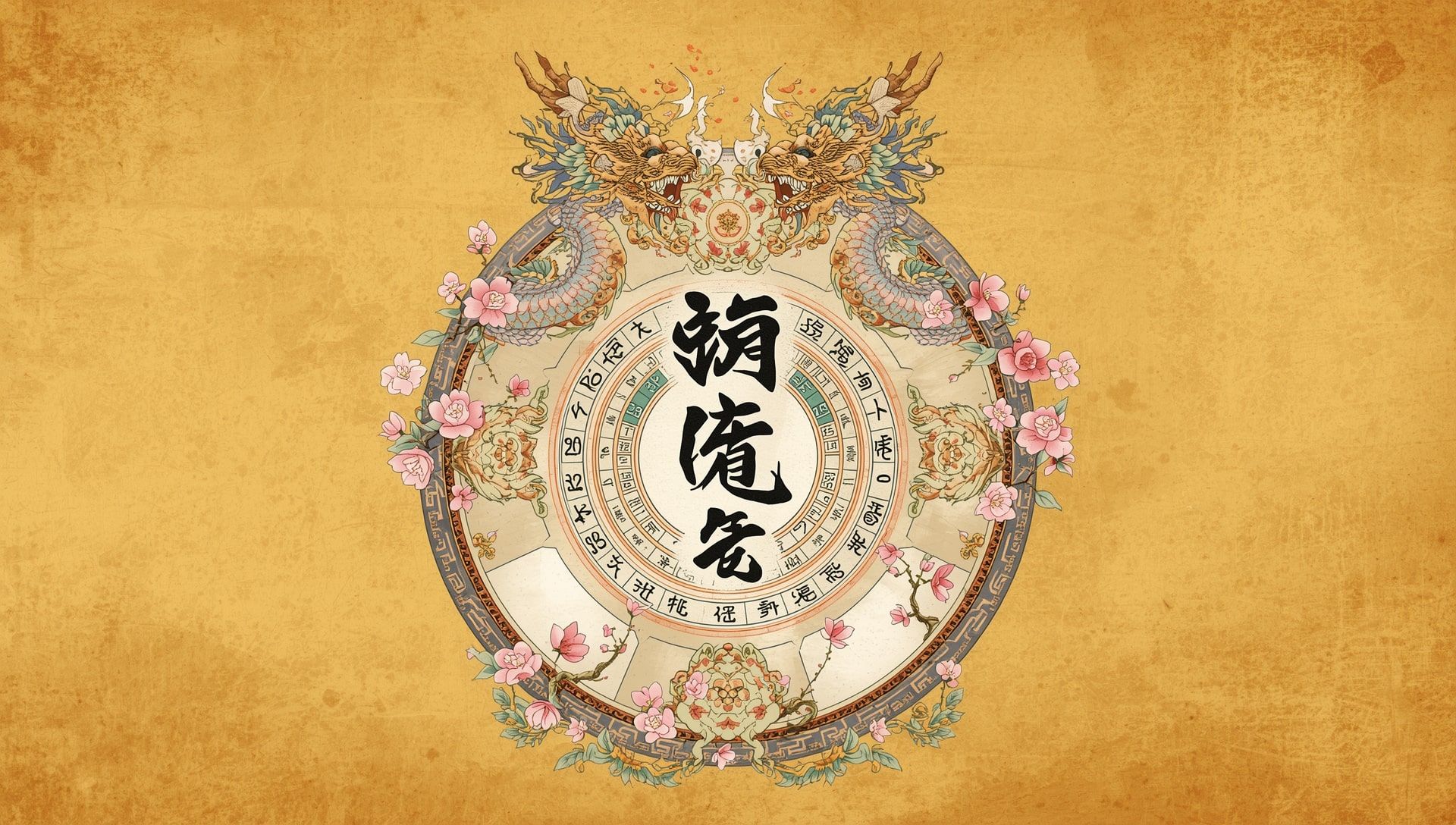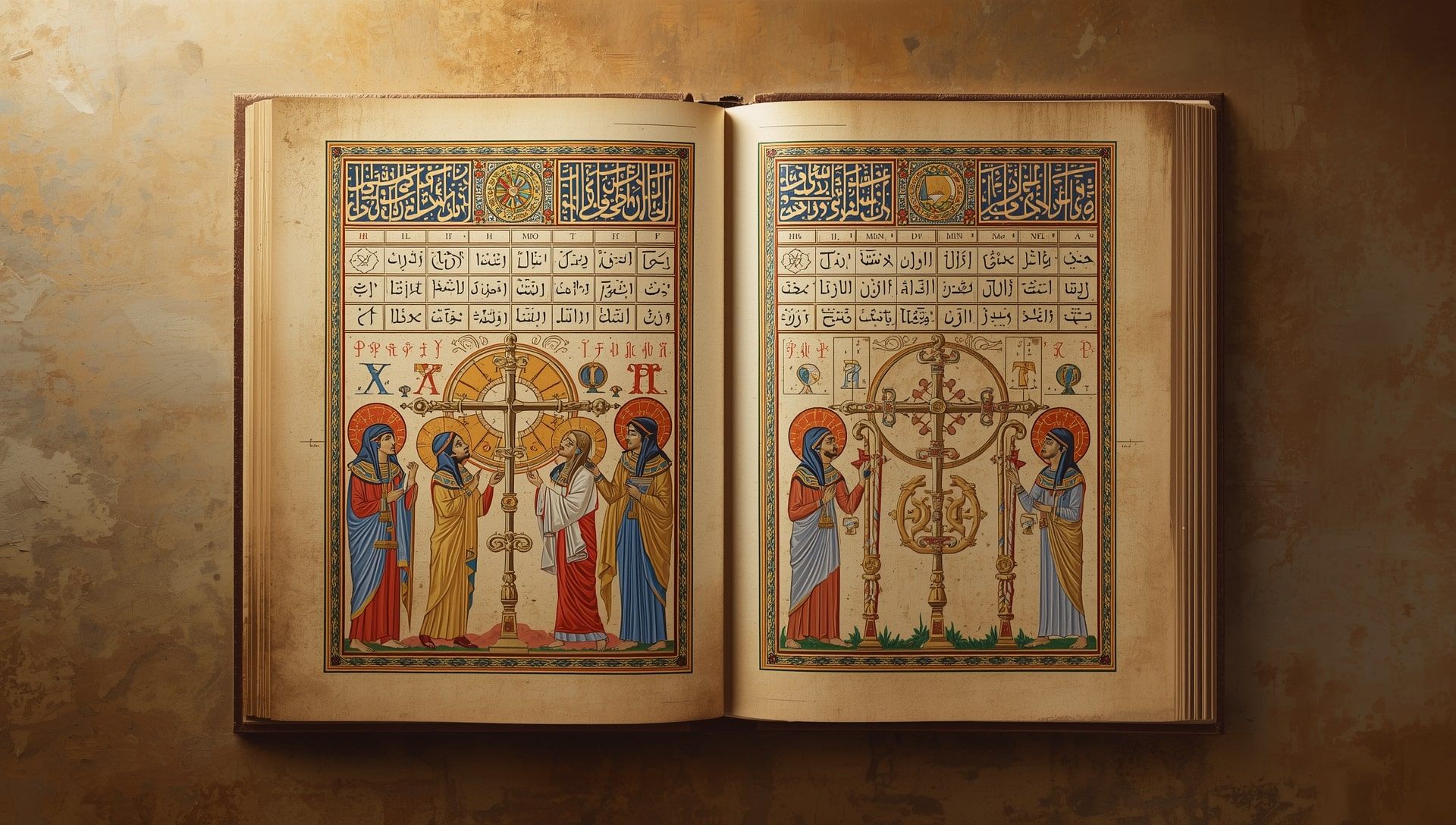The Baháʼí Calendar is a beautiful blend of faith, astronomy, and symbolism. It is both precise and poetic. Unlike the Gregorian calendar that dominates daily life, this one measures not only the passage of time but the spiritual progress of humanity. It celebrates the idea that every day is sacred, and that time itself carries divine significance.
It’s a system that invites reflection, balance, and awareness. Each month, day, and year bears a name drawn from virtues and divine attributes. The structure honors cycles of nature while anchoring believers in a rhythm of devotion and community.
| Feature | Baháʼí Calendar Detail |
|---|---|
| Origin | Introduced by the Báb in 1844 |
| Months | 19 months, each with 19 days |
| Days per Year | 361 days plus intercalary days for solar alignment |
| Leap Year Rule | Based on the solar year and vernal equinox |
| Symbolism | Unity, equality, and divine order |
Origins and Vision Behind the Calendar
The Baháʼí Calendar, or Badíʿ Calendar, was revealed by the Báb in the mid-19th century. It later gained further refinement under Baháʼu’lláh, the founder of the Baháʼí Faith. The term “Badíʿ” means “wondrous” or “unique.” It was designed to mirror the spiritual transformation humanity is called to achieve. Each time unit holds symbolic depth, linking cosmic order with inner moral order.
Unlike older systems that focused mainly on agricultural or political cycles, the Baháʼí Calendar ties time to divine revelation. It acknowledges humanity’s shared responsibility to evolve spiritually, echoing the eternal rhythm of renewal similar to what one finds in other calendar traditions.
Structure of the Baháʼí Calendar
At its heart lies an elegant mathematical symmetry. The calendar features 19 months of 19 days, totaling 361 days. To align it with the solar year, a few extra days—called Ayyám-i-Há—are added before the final month. These days are dedicated to hospitality, charity, and celebration. They remind Baháʼís of generosity and gratitude before the season of fasting, much like moments of reflection observed in many modern calendar systems.
- 🌞 Months: Each month has 19 days and is named after divine attributes, such as Splendor, Glory, and Light.
- 🌿 Intercalary Days: Inserted before the month of fasting to match the solar cycle.
- 💫 Year Start: Begins on the vernal equinox, symbolizing spiritual renewal and balance.
- 🕊️ Leap Years: Calculated based on astronomical observations, not a fixed rule.
The Meaning of the 19 Months
Each of the 19 months carries a name that reflects one of God’s attributes, reminding believers of qualities to nurture in daily life. This design transforms the act of marking time into a devotional act, similar to how other faith-based calendars tie spirituality to the rhythm of days.
- Bahá: Splendor—representing the light of God shining through creation.
- Jalál: Glory—a reminder of the honor in righteous deeds.
- Jamál: Beauty—signifying harmony and inner grace.
- ‘Aẓamat: Grandeur—a call to recognize divine majesty.
- Núr: Light—the illumination of the soul through truth.
- Raḥmat: Mercy—an invitation to compassion and forgiveness.
- Kalimát: Words—symbolizing divine communication.
- Kamal: Perfection—a pursuit of excellence in thought and action.
- Asmáʼ: Names—a reflection of the many aspects of divinity.
- ‘Izzat: Might—the strength found in spiritual conviction.
- Ma sh íyyat: Will—alignment of human intention with divine purpose.
- ‘Ilm: Knowledge—the power of wisdom to uplift the world.
- Qudrat: Power—the creative force behind existence.
- Qawl: Speech—the sacredness of truthful expression.
- Masáʼil: Questions—the value of seeking understanding.
- Sharaf: Honor—the dignity of moral character.
- Sulṭán: Sovereignty—the authority of divine law.
- Mulk: Dominion—the stewardship of creation.
- ‘Alá: Loftiness—spiritual elevation, marking the month of fasting.
Symbolic Connections in Color
| Aspect | Symbolic Meaning | Color Association |
|---|---|---|
| Spring Equinox | New spiritual beginning | Gold |
| Ayyám-i-Há | Generosity and joy | Green |
| Fast of ‘Alá | Purification and renewal | Rose |
| 19 Months | Attributes of God | Violet |
| Naw-Rúz | Balance, rebirth, light | Sky Blue |
The Ayyám-i-Há: Days of Joy and Giving
Before the fasting month of ‘Alá, Baháʼís celebrate Ayyám-i-Há, a period of joy and generosity. These days hold no fixed date since they fill the gap between the 18th and 19th months. Families exchange gifts, serve others, and reflect on kindness. The festival encourages believers to refresh both heart and community before a time of fasting, resonating with seasonal transitions observed in various world events.
The Month of Fasting
The final month, ‘Alá, brings 19 days of fasting from sunrise to sunset. This period encourages self-discipline and spiritual cleansing. It ends with Naw-Rúz, the Baháʼí New Year, on the vernal equinox. The fast is not viewed as deprivation but as renewal—a time to align the body, mind, and spirit with divine order, much like aligning with natural cycles of light and time.
Symbolism and Spiritual Insight
Numbers hold deep meaning in Baháʼí thought. The number 19 symbolizes unity, as it is the product of 1 and 19—a reflection of oneness. The calendar’s harmony with the sun and equinox emphasizes the balance between the physical and spiritual worlds, a concept that connects closely with universal timekeeping systems.
- ☀️ The Baháʼí year begins at the moment of the vernal equinox.
- 🌼 Every month honors a divine virtue.
- 🎁 The Ayyám-i-Há days promote charity and joy.
- 🌙 The 19-day fast leads up to Naw-Rúz, the New Year celebration.
The Calendar and Global Unity
What makes the Baháʼí Calendar remarkable is its connection to the idea of one human family. By grounding time in shared spiritual principles rather than national or cultural cycles, it becomes a universal measure. It invites all people to see time not as a race but as a shared rhythm of progress, reflecting the global harmony found in world clocks and calendars.
Because the calendar starts at the vernal equinox, its new year can fall on different days depending on the observer’s location. This links every community to the movement of the Earth, reinforcing humanity’s bond with nature, similar to the awareness of local seasonal changes.
A Calendar That Breathes with the Soul
The Baháʼí Calendar does more than mark time. It connects daily living with divine rhythm. Each month encourages reflection on a moral attribute. Every year begins with light and ends in introspection. Its simplicity hides profound wisdom: time is sacred, and so are the people who live within it.
This calendar invites humanity to live with intention, compassion, and awareness. It reminds us that spiritual progress, like the motion of the sun, is steady and enduring. In following it, believers find harmony with creation and each other, a rhythm of unity written in the very heartbeat of time.

